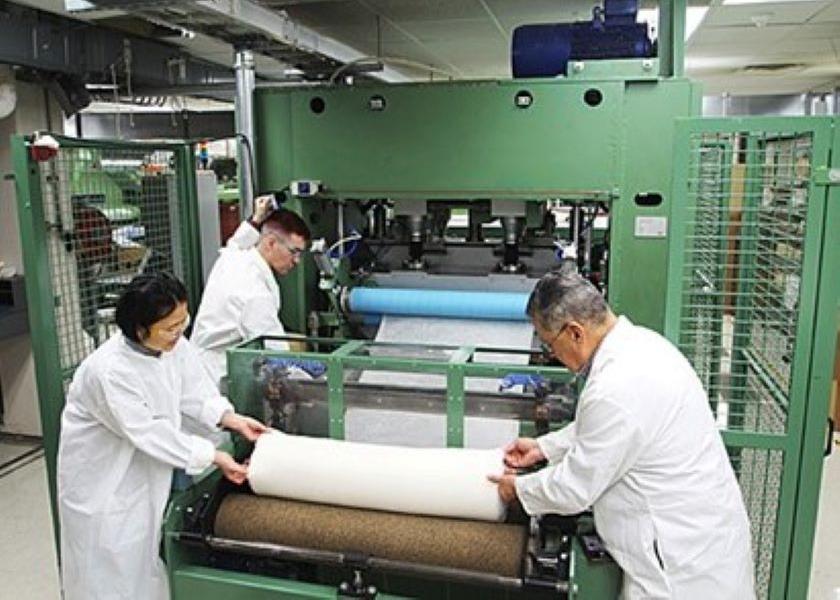Saving Landfill Space: Researchers Develop Washable Antimicrobial Wipes

Antimicrobial wipes are in high demand, experiencing a remarkable increase since the pandemic's increased awareness around personal health protection. Most wipes are discarded after a single use and end up in landfills where they can stay for hundreds of years and become a source of environmental microplastic fiber pollution. USDA Agricultural Research Service (ARS) researchers have engineered sustainable machine-washable antimicrobial wipes that can be used at least 30 times for cleaning hard and nonporous surfaces.
The antimicrobial wipes were developed by ARS researchers using raw cotton fiber that naturally produced silver nanoparticles inside the fiber in the presence of a silver precursor. These embedded silver nanoparticles can then release silver ions that act as antibacterial agents and kill harmful bacteria, a USDA release said.
"Silver nanoparticles are one of the popular antimicrobial agents used for producing odor-inhibiting, anti-infective textile products and other personal health products," Sunghyun Nam, research engineer at ARS's Cotton Chemistry and Utilization Research Unit in New Orleans, said in the release.
People will be able to clean surfaces by wetting the antimicrobial cloths with tap water and then wiping surfaces, Nam explained in the release. Scientists discovered that the wipes killed 99.9% of harmful bacteria S. aureus and P. aeruginosa on surfaces.
Why is the technology behind this research so advantageous?
1. It omits the conventional pretreatments of raw cotton fibers (such as scouring and bleaching), which consume a large number of chemicals and energy. It does not require any chemical agents except for a silver precursor.
2. It transforms cotton fibers themselves into antimicrobial agents rather than serving as a carrier of antimicrobial agents, which is what makes them reusable. The antimicrobial wipes are made from natural cotton fibers, rather than conventional petroleum-based synthetic fibers.
3. To reuse the wipes, people can simply wash them in the laundry.
"We also found that the wipes still successfully killed pathogens — even after being washed 30 times in the laundry," Nam said in the release. "The wipes regenerate their antimicrobial surface every time they are wet or washed because the embedded nanoparticles act as a reservoir of silver ions."
Another important benefit of the embedding technology is that it minimizes the negative environmental impacts related to the leaching of nanoparticles. Nam explains that the wipes are designed to gradually give off low levels of silver ions from the nanoparticles embedded inside the cotton fiber over the full course of the time of use and deplete nanoparticles.
By developing reusable and washable antimicrobial wipes, USDA researchers hope to find more sustainable alternatives to reduce environmental waste from the disposal of single-use antimicrobial wipes.
Learn more about the technology behind the antimicrobial wipes in the journal Molecules.
More from Farm Journal's PORK:
We Need More Answers, Veterinarian Says About Biosecurity Research
Water-Based Foam Shows Promise as a Method for Swine Depopulation







